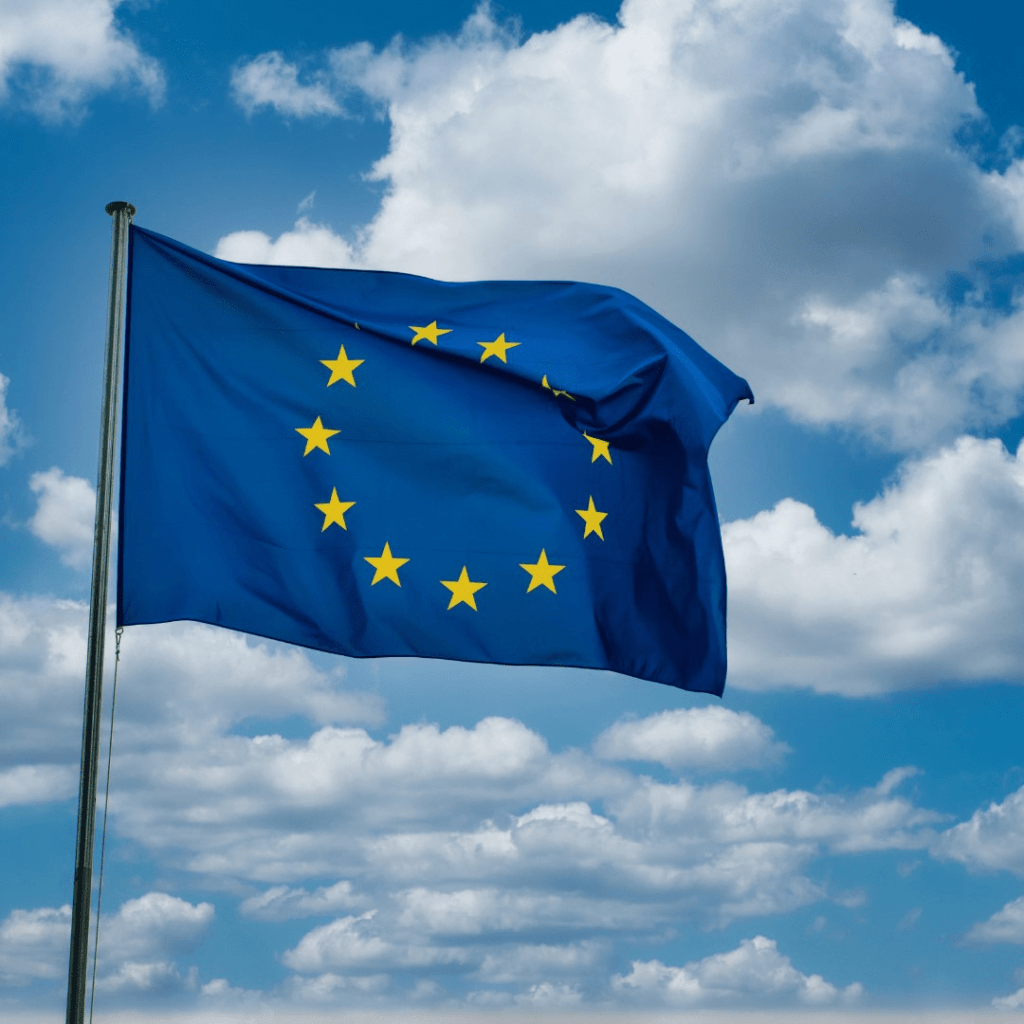The Council has recently approved the new Renewables Energy Directive, aiming to increase the share of renewable energy in the European Union’s overall energy consumption to 42.5% by 2030. An additional 2.5% is recommended to help reach the 45% target, with each member state contributing to this common objective.
Furthermore, member states will collaborate to achieve more ambitious sector-specific goals in transport, industry, buildings, and heating and cooling. These sub-targets are designed to accelerate the integration of renewable energy in sectors that have been slower to adopt it.
In the area of transport, member states can choose either a binding 14.5% reduction in greenhouse gas intensity from renewables in transport by 2030 or a binding share of at least 29% of renewables in the final energy consumption in the transport sector by the same year. There are also binding sub-targets for advanced biofuels and renewable fuels of non-biological origin in the transport sector.
For industry, the directive mandates an annual increase of 1.6% in the use of renewable energy. Member states have agreed that 42% of hydrogen used in industry should come from non-biological renewable fuels by 2030 and 60% by 2035. There are provisions for discounting the contribution of non-biological renewable fuels in industry use under specific conditions.
In the realm of buildings, heating, and cooling, an indicative target of 49% renewable energy by 2030 has been set. Renewable targets for heating and cooling will gradually rise, with a binding annual increase at the national level. Bioenergy sustainability criteria have also been strengthened.
The directive aims to expedite permit procedures for renewable energy projects to support the EU’s goal of reducing dependence on Russian fossil fuels. Renewable energy projects will undergo simplified and faster permit-granting processes in designated acceleration areas, with renewable energy deployment being considered in the overriding public interest.
The directive has been formally adopted and will be published in the EU’s Official Journal before coming into force. Member states have 18 months to transpose it into national legislation.
This directive is part of the EU’s response to the energy aspects of the ‘Fit for 55’ package, which seeks to align the EU’s climate and energy framework with its climate neutrality and emissions reduction objectives. It amends the existing renewable energy directive, which set a 32% renewable energy target for the EU by 2030 and has been legally binding since June 2021. The new changes will become legally binding 18 months after entering into force.
